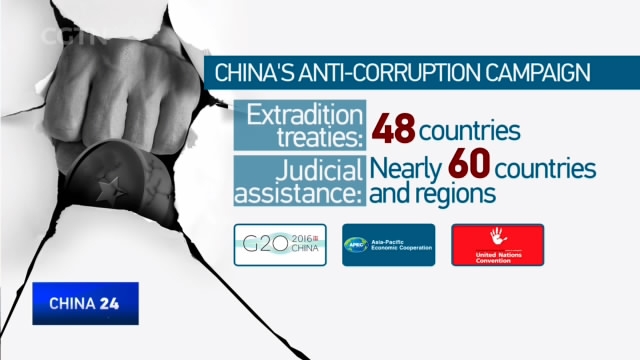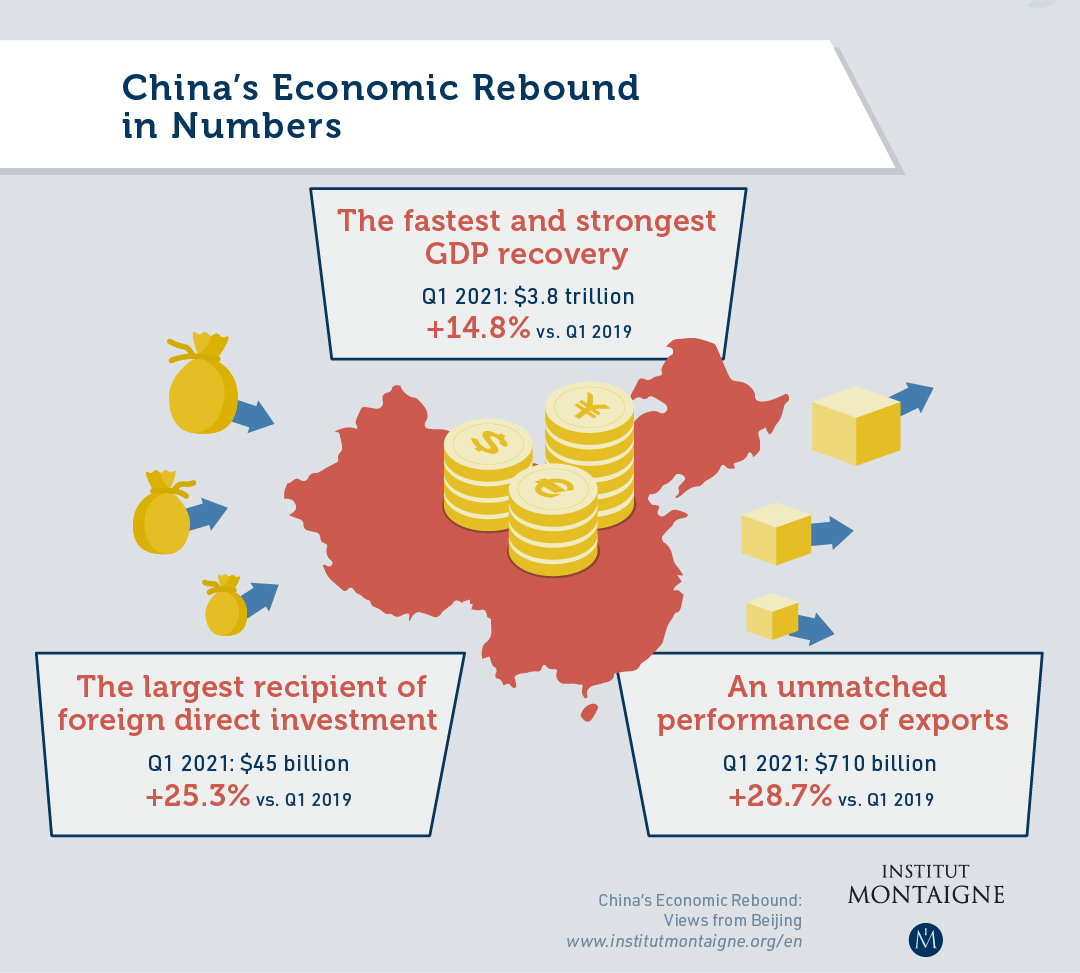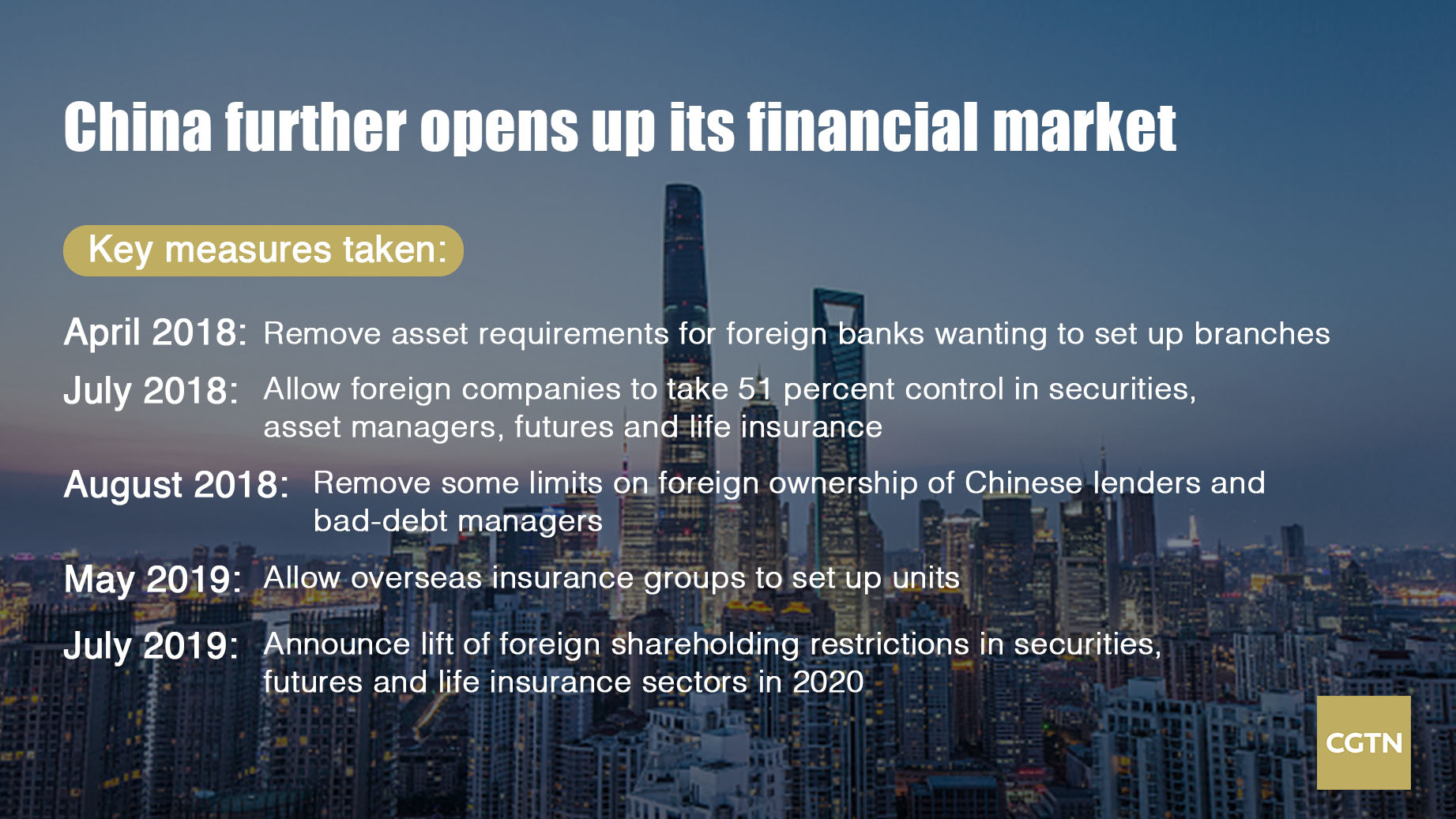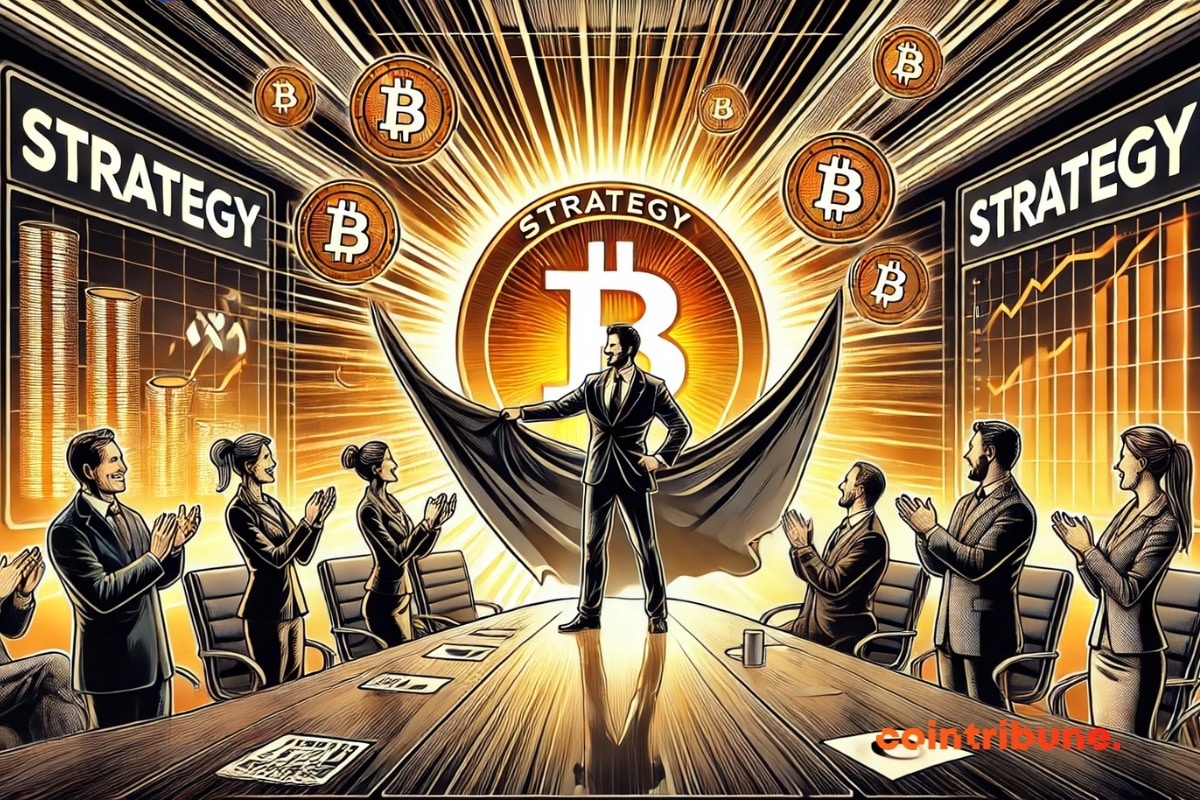Hold on to your hats, folks! The State-owned Assets Supervision and Administration Commission of the State Council (SASAC) just dropped a bombshell. They’re not just talking about innovation; they’re signaling a full-throttle push into strategic emerging industries and future technologies.
This isn’t some polite request; it’s a directive. SASAC wants SOEs to aggressively target key core technologies, and I mean now.
Let’s break down what this really means. We’re seeing a high-level acknowledgment that China needs to boost its self-reliance, especially in critical areas. This move highlights a strategic emphasis on ‘new quality productive forces’ – think cutting-edge, high-tech, and future-proof.
Here’s where things get interesting – and frankly, vital for those of us following the Chinese economic landscape. SASAC is emphasizing anticipating changes. That means proactively identifying trends, not reacting to them.
Knowledge Point Expansion:
China’s strategic focus on emerging industries isn’t new, but the urgency is palpable. This is a direct response to geopolitical pressures and the desire for greater technological independence.
“New Quality Productive Forces” is a core concept, shifting away from traditional manufacturing reliance, towards innovation-driven growth. It’s about integrating technological advancements with existing industries.
These SOEs are being tasked to deliver strategically important projects that bolster economic development. This doesn’t mean just any project—we’re looking at initiatives pivotal to China’s long-term strategic aims.
This push will translate into serious investment in R&D. Expect to see SOEs ramping up their efforts to break through technological bottlenecks in areas critical to national security and economic competitiveness.
This move isn’t just about economic growth; it’s directly tied to national security. Securing control over core technologies ensures China’s ability to operate independently on the world stage. The focus on ‘five values’ (which aren’t explicitly named here, but historically include things like value creation, risk control, and social responsibility) underlines a holistic, sustainable approach.
Essentially, SASAC is telling state-owned enterprises: innovate or fall behind. And given the stakes, I expect to see some radical shifts in the coming months. This is a story to watch very closely.
-from-an-esg-perspective/Fig-1.jpg)






